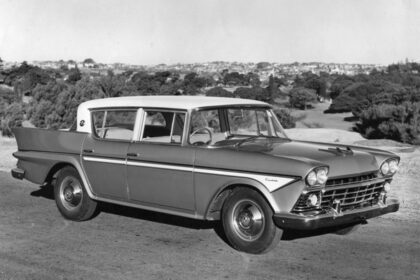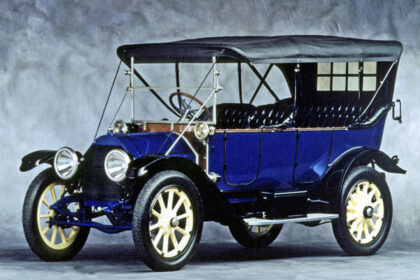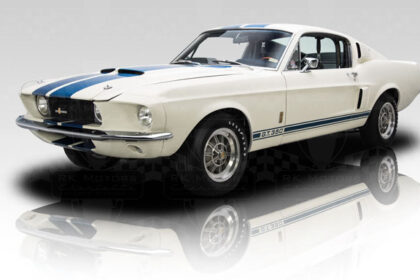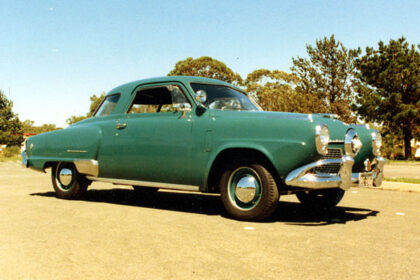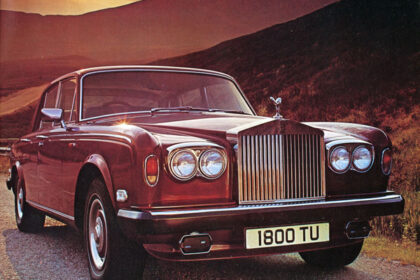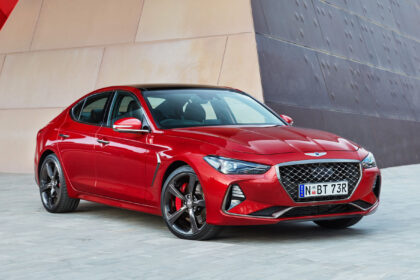TUCKER TORPEDO

In the eyes of Preston F. Tucker, the American car of just after the end of World War II was totally out-of-date. Most car buyers at that time saw the Buick straight-eight – a large, heavy and conservative model – as the car they aspired to owning. With his 1947 Torpedo, Tucker offered a rear-mounted, flat-six engine with hydraulic valve actuation, sealed cooling system, torque converter-transmission, all-independent suspension and disc brakes. He also included special in-built safety features such as pop-out windscreen, crash padding and break-away mirror – a good… Read more





